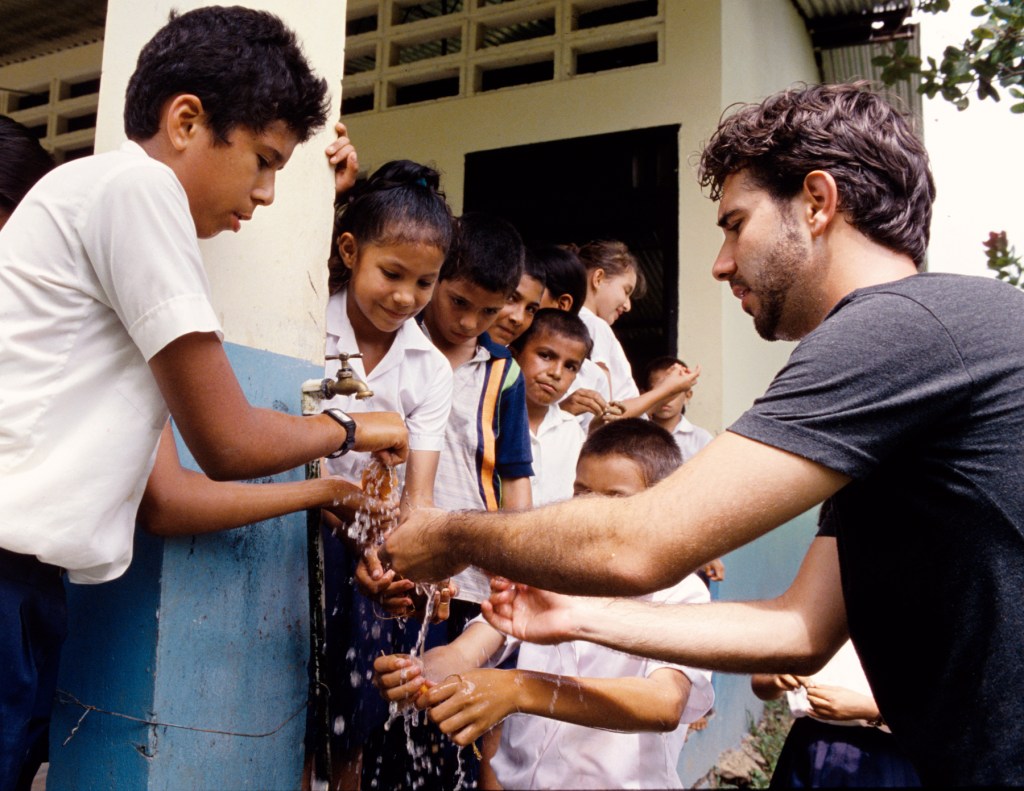5 interesting things you may not know about the Peace Corps
Published 12:17 pm Saturday, July 4, 2020

- Courtesy of Peace Corps The Peace Corps was founded by President John F. Kennedy in 1961. To-date, more than 240,000 Americans have served in 142 host countries all across the world
|
Getting your Trinity Audio player ready...
|
(StatePoint) A lot has changed about the world since the Peace Corps was founded nearly six decades ago, but its mission remains the same: to promote world peace and friendship between Americans and people around the world. Established 59 years ago, the agency and former volunteers nationwide recently celebrated its anniversary.
The agency says that for those looking to positively impact lives in a meaningful way, volunteering can be an exciting and challenging adventure that opens new doors.
“Serving with this agency is an opportunity for Americans to develop the skills they need in a global world,” says Peace Corps director, Jody K. Olsen.
Here are five interesting facts you may not know about serving in the Peace Corps:
- The majority of volunteers serve for two years following three months of in-country training. They live and work alongside the people they serve, collaborating with local governments, schools, small businesses and entrepreneurs to create sustainable, community-based projects that address local development priorities in the agriculture, community development, education, environment, health and youth development sectors. Volunteers are free to choose where they apply to serve, and many choose to serve where their skills are needed most.
- The Peace Corps was founded by President John F. Kennedy in 1961. To-date, more than 240,000 Americans have served in 142 host countries all across the world, including in Central and South America, the Caribbean, Africa, the Middle East, Eastern Europe, Asia and the Pacific Islands. Volunteers are currently serving in over 60 countries.
- Volunteers receive housing and a stipend that allows them to live similarly to the people in their community. Upon completion of service, returnees can access career, educational and other exclusive benefits.
- Volunteers return home as global citizens with unique cross-cultural perspectives, as well as leadership, language, teaching and community development skills that provide a competitive edge in today’s global economy.
“The domestic dividend of Peace Corps service cannot be overstated,” says Olsen. “Across the U.S., communities continue to experience the benefits of volunteers returning home with new skills and perspectives.”
To that end, volunteers come from all over the U.S., and according to its 2019 rankings, D.C. produced the largest number of volunteers per capita last year, with California producing the largest volume of volunteers.
- Peace Corps service can be the first step toward a career or the continuation of a life’s work. While the average age volunteer is 26, 3.2 percent of volunteers are over the age of 50. There are even positions to which couples can apply to together. In addition to the standard volunteer program, specialized, high-impact, short-term assignments lasting three to 12 months exist for seasoned experts to use their skills to help communities abroad.
To connect with a recruiter and find out more about openings, visit PeaceCorps.gov.
Volunteering abroad can be a life-changing journey, whether you are looking for an opportunity to immerse yourself in a different culture or tackle some of the most pressing issues facing our world today.





